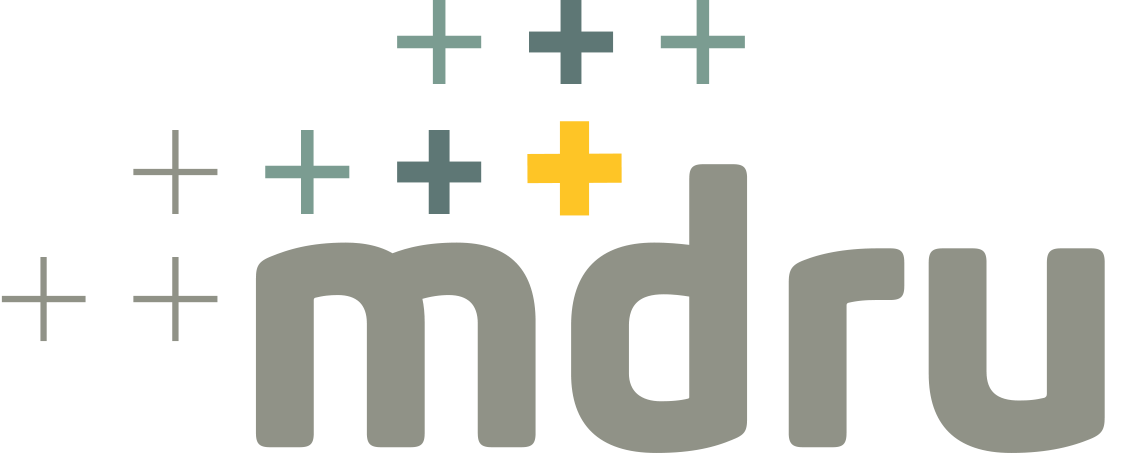Geologically-constrained inversion of geophysical data is a powerful method for predicting geology beneath cover. The process seeks 3D physical property models that are consistent with the geology and explain measured geophysical responses. The recovered models can guide mineral explorers to prospective host rocks, structures, alteration and mineralisation. This thesis provides a comprehensive analysis of how the University of British Columbia Geophysical Inversion Facility (UBC–GIF) gravity and magnetic inversions can be applied to subsurface mapping and exploration by demonstrating the necessary approach, data types, and typical results.
The non-uniqueness of inversion demands that geological information be included.
Commonly available geological data, including structural and physical property measurements, mapping, drilling, and 3D interpretations, can be translated into appropriate inversion constraints using tools developed herein.
Surface information provides the greatest improvement in the reliability of recovered models; drilling information enhances resolution at depth. The process used to prepare inversions is as important as the geological constraints
themselves. Use of a systematic workflow, as developed in this study, minimises any introduced ambiguity. Key steps include defining the problem, preparing the data, setting inversion parameters and developing geological constraints.
Once reliable physical property models are recovered they must be interpreted in a geological context. Where alteration and mineralisation occupy significant volumes, the mineralogy associated with the physical properties can be identified; otherwise a lithological classification of the properties can be applied. This approach is used to develop predictive 3D lithological maps from geologically-constrained gravity and magnetic inversions at several
scales in the Agnew-Wiluna greenstone belt in Australia’s Yilgarn Craton. These maps indicate a spatial correlation between thick mafic-ultramafic rock packages and gold deposit locations, suggesting a shared structural control. The maps also identify structural geometries and relationships consistent with the published regional tectonic framework.
Geophysical inversion provides a framework into which geological and geophysical data sets can be integrated to produce a holistic prediction of the subsurface. The best possible result is one that cannot be dismissed as inconsistent with some piece of geological knowledge.
Such a model can only be recovered by including all available geological knowledge using a consistent workflow process.



